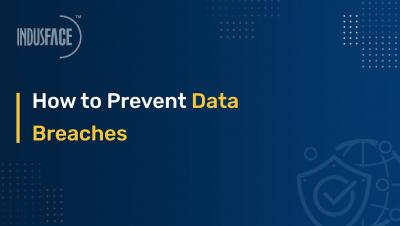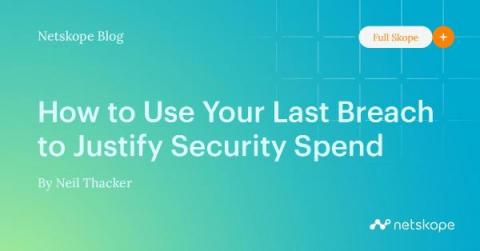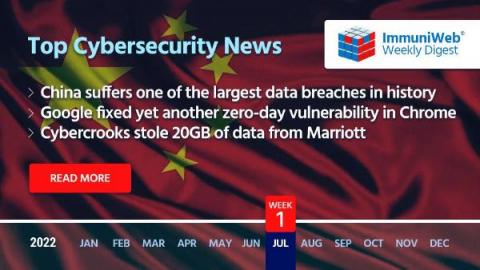CIS Implementation Group 1 (IG1): Essential Cyber Hygiene
Cybercrime has become more prevalent since the start of the COVID-19 pandemic. Indeed, 81% of organizations worldwide experienced an uptick in cyber threats and 79% suffered downtime due to cyberattacks during peak season, according to a 2021 report by McAfee Enterprise and FireEye. Attacks have also become more complex. IBM and the Ponemon Institute report that the average time to spot and contain a data breach in 2021 was 287 days, a week longer than in 2020.










